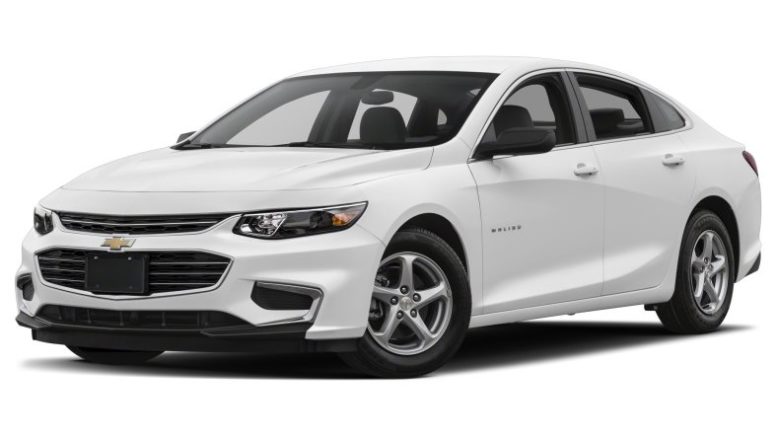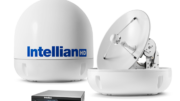Cars just keep getting better. Today’s econoboxes have features that you only saw in luxury models 20 years ago. It’s all part of a plan to get you to upgrade. See, cars are so reliable now, they’ll easily last ten years with just some basic maintenance. Great news for you, but how do carmakers sell more cars?
Easy. They fill them with more features that you want.
Internet for everyone!
One of the latest gimmicks for family cars is built-in Wi-Fi. Cars.com says that there are tons of new models that have this feature. In fact that article is two years old so there are probably tons more.
By building in a Wi-Fi hotspot, the kids get what they really want on long road trips… more time with their phones. Mom and Dad don’t go broke on an unlimited data plan and the car is filled with a level of peace and quiet that would have been unthinkable in the 1970s and 1980s. Those days were, at least to me, the heyday for beating up a member of your family in the way-back of a station wagon because they were touching you.
So Wi-Fi is great in the car, but how exactly does that work?
It’s the LTE. It’s always the LTE.
Wi-Fi equipped cars build upon the success of in-car cellular. In the ’00s a lot of cars, especially those from GM, started featuring some sort of emergency calling feature. GM calls theirs “OnStar” and it’s been so successful that pretty much every other manufacturer’s version is casually referred to as “their version of OnStar.”
OnStar and services like it are nothing more than a cell phone built into the car, along with some basic sensors and a speakerphone. When something truly disastrous happens to the car (such as Dad not remembering where the nearest Sonic is) you can call for help.
OnStar seemed like a great idea when a lot of people didn’t have cell phones. It was cheap enough that the monthly fee paid by a few people year after year paid for everyone to have the hardware in the car. Only problem: now everyone has a phone. So who needs to pay for OnStar (Or Lexus Connect, or Toyota SOS, or whatever?)
Taking the investment in cellular hardware, carmakers added Wi-Fi capability, the same kind you have in your house, and used the car’s cellular connection to offer Wi-Fi. Just like OnStar it’s usually free for the first year and once you’re hooked they’ll charge you for it.
So it’s not incredibly magical, it’s just a combination of parts that works very well.
Can you use a cell booster with your in-car Wi-Fi?
Generally the answer to this is “no” because the cellular antenna is already outside the car. One way of looking at this is, the car already has its own cell booster. Putting in a vehicle cell booster will help the cell phones inside to get better service. It’s not going to help the car’s own cell system.
Now, I’m not saying you couldn’t buy a vehicle cell booster and sort of frankenstein it into the car’s system. You’d have to put it somewhere between the antenna and the router. It could work, it could cause problems. However it will almost definitely void the car system’s warranty. Not only that it’s probably illegal since you’re only supposed to use cell boosters “as directed.”





